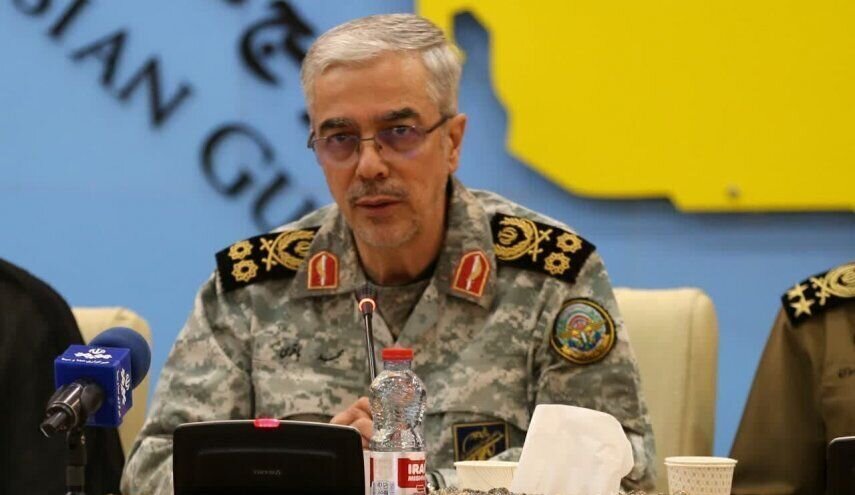Iran approves new directive to enhance security of high-risk centers

TEHRAN – The Iranian government has approved and issued a comprehensive directive focused on the organization and security of high-risk centers across the country.
This directive, officially signed by Major General Mohammad Baqeri, the chief of the General Staff of the Armed Forces, represents a crucial step in addressing the potential dangers posed by such facilities, particularly those located near densely populated areas.
The main objective of this newly approved policy, according to the Iranian media, is to mitigate the risks associated with high-risk centers, which, if not properly managed, could result in significant threats to public safety, national interests, and critical infrastructure.
One of the core components of the directive is the classification of high-risk centers into four distinct categories. This classification system is designed to assess the potential damage these centers could cause at various levels—ranging from local and county levels to provincial and national levels—should an incident occur. By doing so, the directive seeks to ensure that appropriate security measures are tailored to the specific risk level of each facility.
The directive places a strong emphasis on the need to organize and secure high-risk centers that could potentially endanger lives, public assets, and national interests.
It outlines clear responsibilities and mechanisms for government agencies and private sector entities to follow in order to enhance the security of these centers.
The directive applies to all executive bodies, as well as high-risk infrastructure managed by the private sector, ensuring a unified approach to threat prevention.
The directive identifies several critical threats that high-risk centers may face, including terrorist activities, cyber-attacks, and drone operations. These threats are recognized as among the most serious risks, necessitating stringent security measures.
Additionally, the directive highlights the dangers posed by chemical, biological, radiological, and explosive materials, which are often associated with high-risk centers. The directive mandates that these hazards be addressed with the utmost seriousness to prevent catastrophic incidents.
To ensure the effective implementation of the directive, a National Committee for Organizing and Relocating High-Risk Centers will be established under the leadership of the Minister of the Interior.
This committee will be responsible for identifying, categorizing, and relocating high-risk centers, particularly those situated within urban areas, to safer locations. Additionally, provincial committees will be formed, headed by governors and county officials, to oversee the execution of these plans at the local level.
By enhancing the security and safety of these facilities, the directive aims to protect the country's population centers from potential threats and ensure that national and local infrastructures are resilient against various dangers.
Leave a Comment